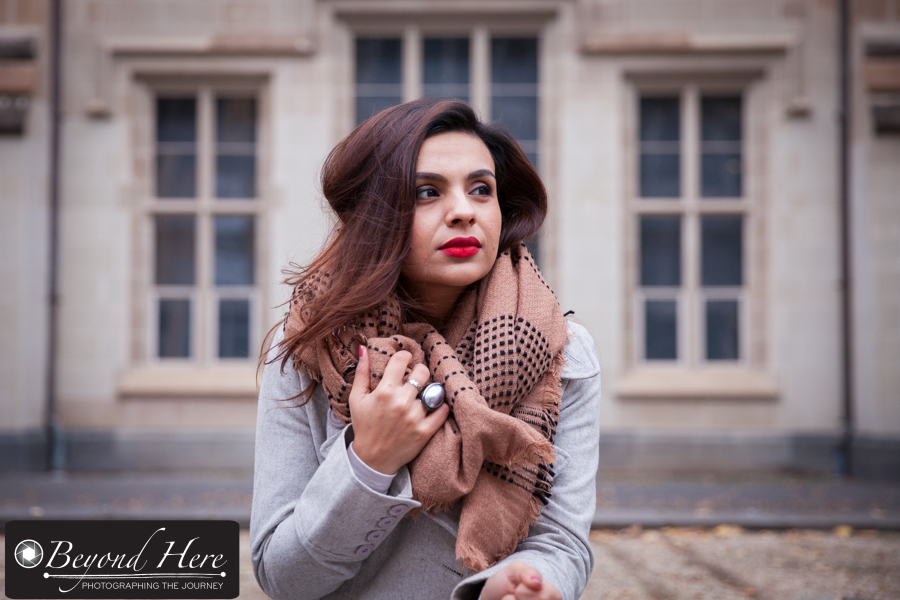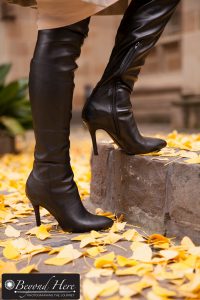In the business of photography, do you think of yourself as being in the image business? The photo business? The print business? Those items are part of the product we deliver, but ultimately we are in the customer service business. It’s about finding and keeping the right sort of clients. We need to look after them, so that they will refer us to people they know, and keep coming back to us year after year. Different photographers deliver customer service in different ways. Here are 12 superior customer service tips that all photographers should be doing.

Running your own photography business – you are in the business of customer service
- Be on time, always. Being on time shows that the client is important to you. You have put aside other commitments and the client is the focus of your attention. Have you had a customer service commitment where the person is late? When someone is late it screams ‘you are not important enough to me for me to be on time’! Always be on time.
- Communicate the way your client wants to communicate. Some of my clients like to meet face to face, some like to chat on the phone, some like to email, and some like to message me from their smart phone. Old customer service advice suggested you should always speak to your client. I’ve found it better to communicate the way that they prefer. I like my first meeting with a client to be face to face, but after the initial meeting If text messages work best for them, that’s how I’ll communicate with them.
- If a client has an ‘urgent’ request, get back to them immediately. When my clients have an urgent need it usually isn’t too urgent, it’s usually a bride wanting confirmation of the details. But if it is urgent in the mind of my client, I will treat it with urgency and contact my client as soon as possible. Take their concerns seriously, and work with speed to put their mind at rest.
- Don’t let your smart phone distract you. When you are meeting with a client there is nothing more important than them. Don’t look at your smart phone. Don’t answer any calls. Don’t let anything distract you from your client. Don’t keep looking at your phone as messages and prompts pop up. The client is important and you need to respect them by giving them your full attention. If you let yourself get distracted, you are telling your client ‘you are not important to me’. It’s likely that they will respond by finding another photographer who does make them feel important.
- Make the client feel like an individual. Clients want to know their photographer has experience and has shot similar work in the past, and they also want to be made to feel like an individual. Find out what they like. Find out what they are interested in. Can use that knowledge to produce images which are tailored for the individual? I had a wedding client tell me that she loved nature and she particularly loved tall trees. You can better that the signature image from her wedding day featured a large tree.
- Prepare your gear the night before. Everyone forgets something sometime. Most of us have done it. Reduce your risk of forgetting something by preparing it when you have time. 20 minutes getting organised the night before is much better than a panic the next morning. Batteries charged. Equipment checked. Bags packed. All done the night before.
- Always be polite. No matter how tired, overworked, or stressed you feel, always be polite. You can bet your client will remember if you are abrupt or dismissive. And you can bet that they will tell their friends. This applies to all clients, not just the ones you have an instant connection with. Always be polite.
- Don’t avoid discussing the bill. Clients expect to pay, so don’t avoid discussions of price or payment. Don’t leave things unsaid, or leave your client guessing. Clients are expecting to pay, so make it clear how much, when, and how.
- Listen with a sense of care. Clients have all sorts of concerns and worries. Our job is to respectfully answer questions and make them feel comfortable. This starts with listening attentively and with a sense of care.
- Ask questions. Very few clients can give you a completely comprehensive brief that is totally understood without some dialogue. To meet and exceed your clients expectations you need to know what is important to them. To do that you need to ask questions. Whatever sort of client it is – from commercial work to weddings to portraits and anything in between – be prepared to ask your clients questions. If you are struggling, use big open questions. ‘What is the most important thing to you from this photo shoot?’ ‘When I present the images to you, what are you expecting to see?’ ‘What does success look like to you from this shoot?’ ‘What style of images do you like best?’
- Take time to follow up with clients. This is about making clients feel like individuals and feel important to you. I still like sending my wedding clients anniversary cards and prints. You can guarantee they will consider me for their family portraits if they feel like I care for them enough to remember their wedding anniversary. Have you considered how you can keep in touch with your clients? And how you can continue to make them feel important?
- When things go wrong, do whatever it takes to put it right. When you are running a photography business and dealing with a lot of clients, no matter how good you are, inevitably something will go wrong. And this is when you need to shine. Superior customer service tips would not be complete without addressing this issue. When things go wrong you need to do whatever it takes to put it right. Even if that means losing money on that specific job, you need to put it right. A dissatisfied client will poison your business. Do whatever it takes to put it right.
If you have found this post useful, you may like to read Things Your Photography Clients Don’t Care About. Thanks for reading 12 superior customer service tips. Do you have your own superior customer service tips to share?

Show respect for your client, by not using your smart phone in client meetings.















